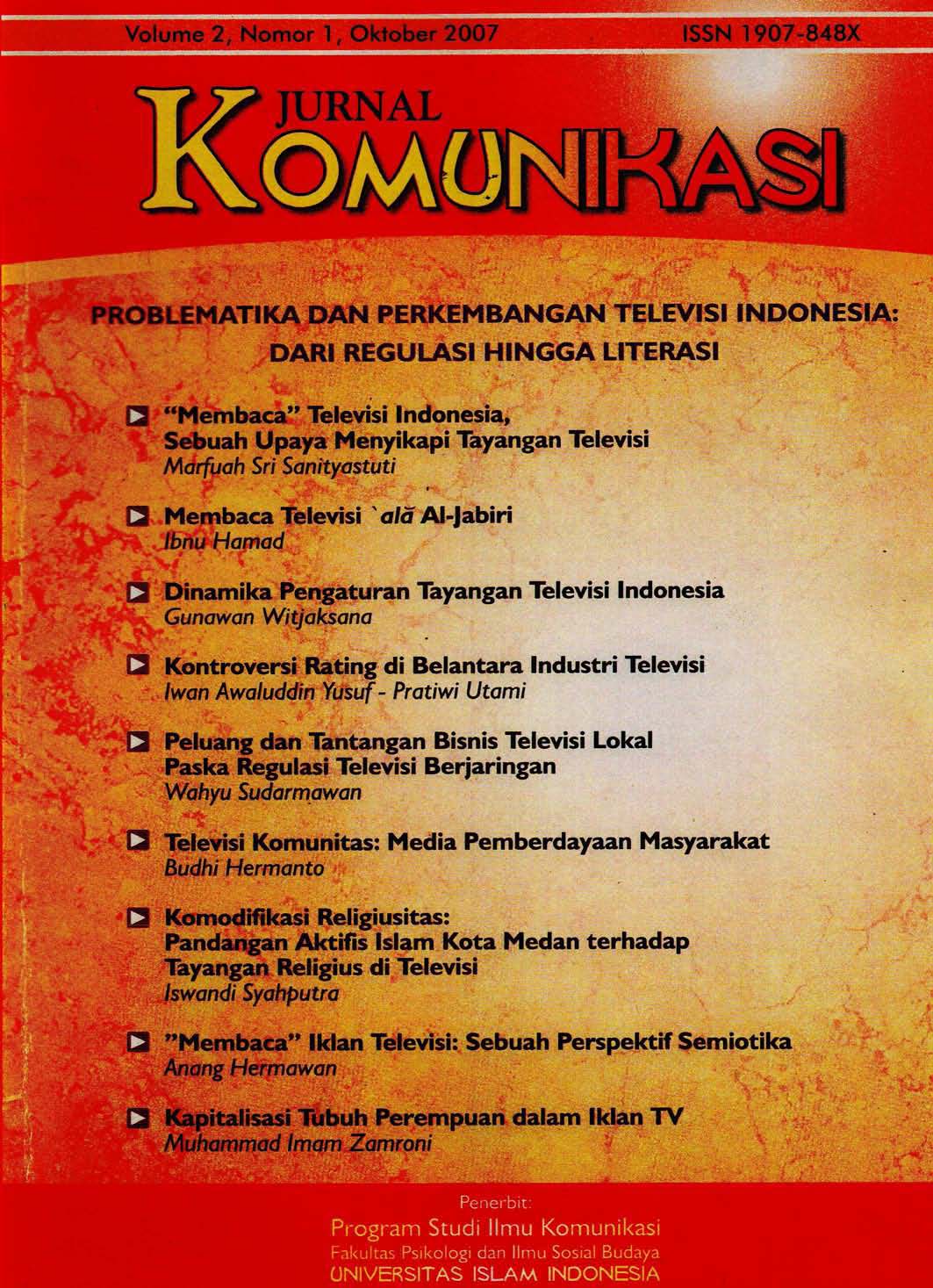Main Article Content
Abstract
Semiotic is one of considerable approach in study of media, especially television advertisement. Emerging from meaning-based models, semiotic of television advertisement differs from the traditional information processing approach to advertising reception principally, because advertising meanings are constructed within the signifying frame of the “text” by audience or “advertisement reader”, rather than simply being delivered in content by the advertising. In effect, passive terms such as 'reception' and 'processing' in advertising audience relationship are rejected by meaning-based models and replaced with the more active concept of interpretation. This subtle shift in the advertising's syntagmatic and paradigmatic locus has had a number of major theoretical implications for the study of advertising interpretation. Most important, meaning-based models stress that audience members may well produce different interpretations about “meaning” in television advertisement.
